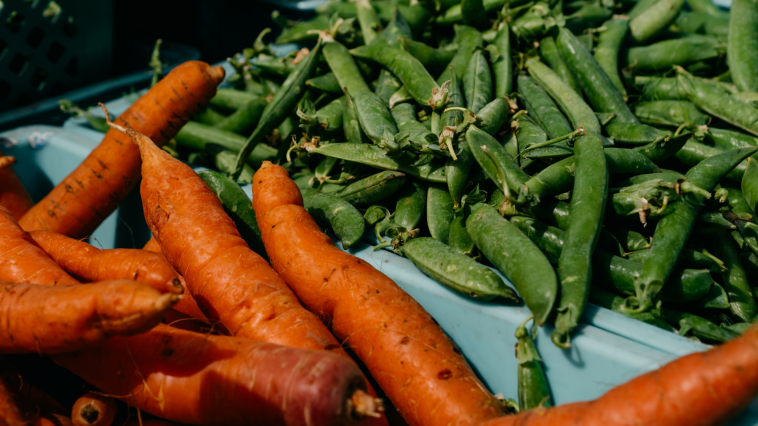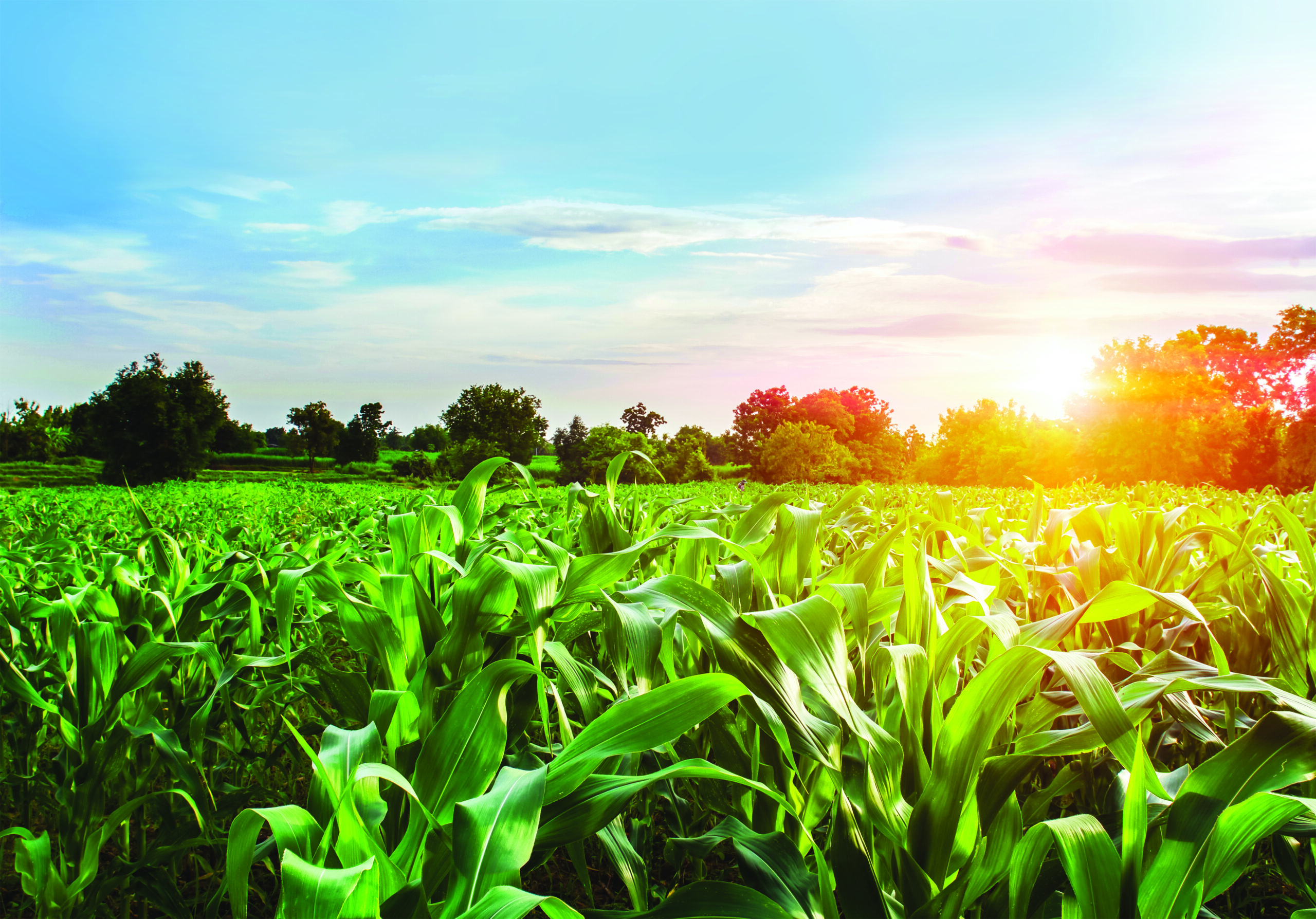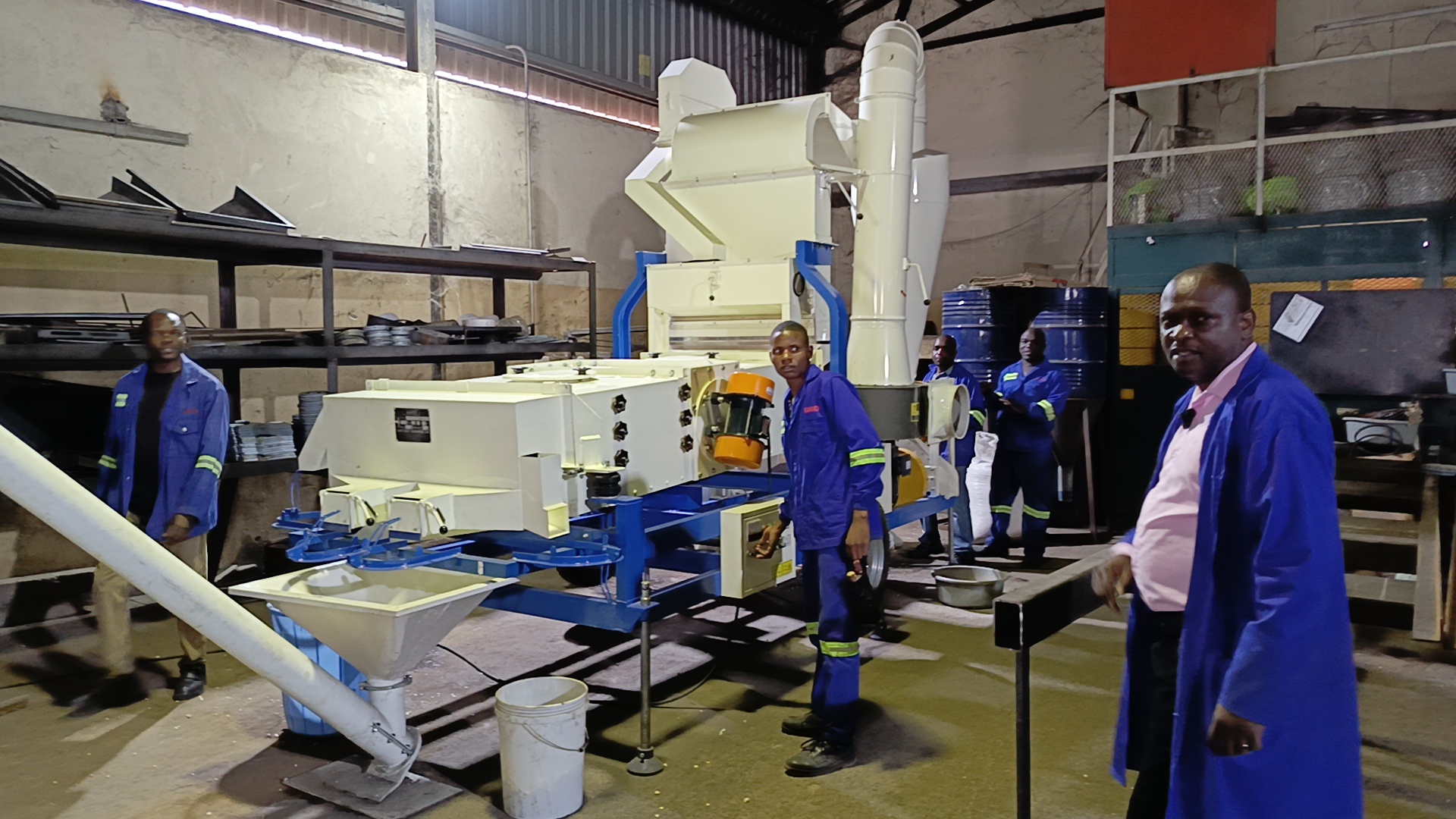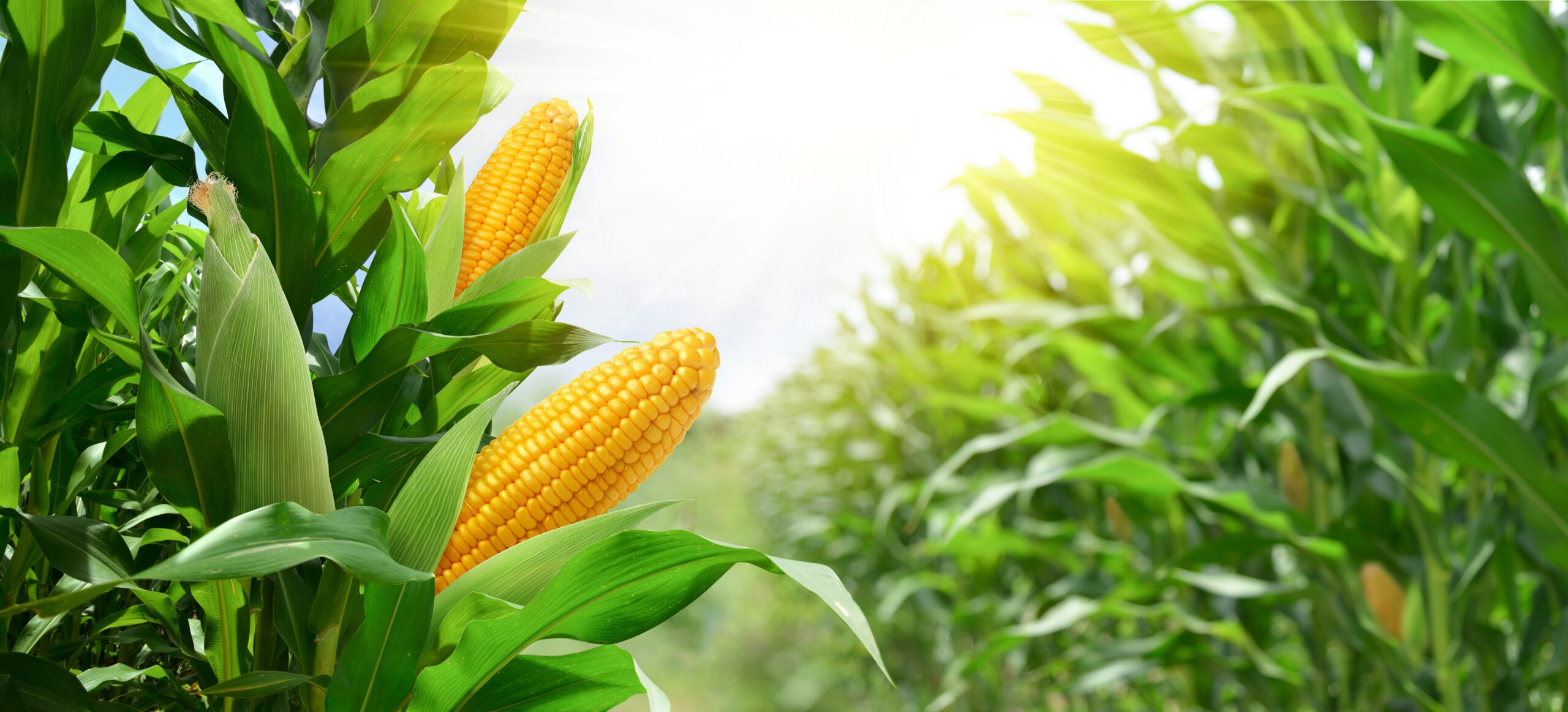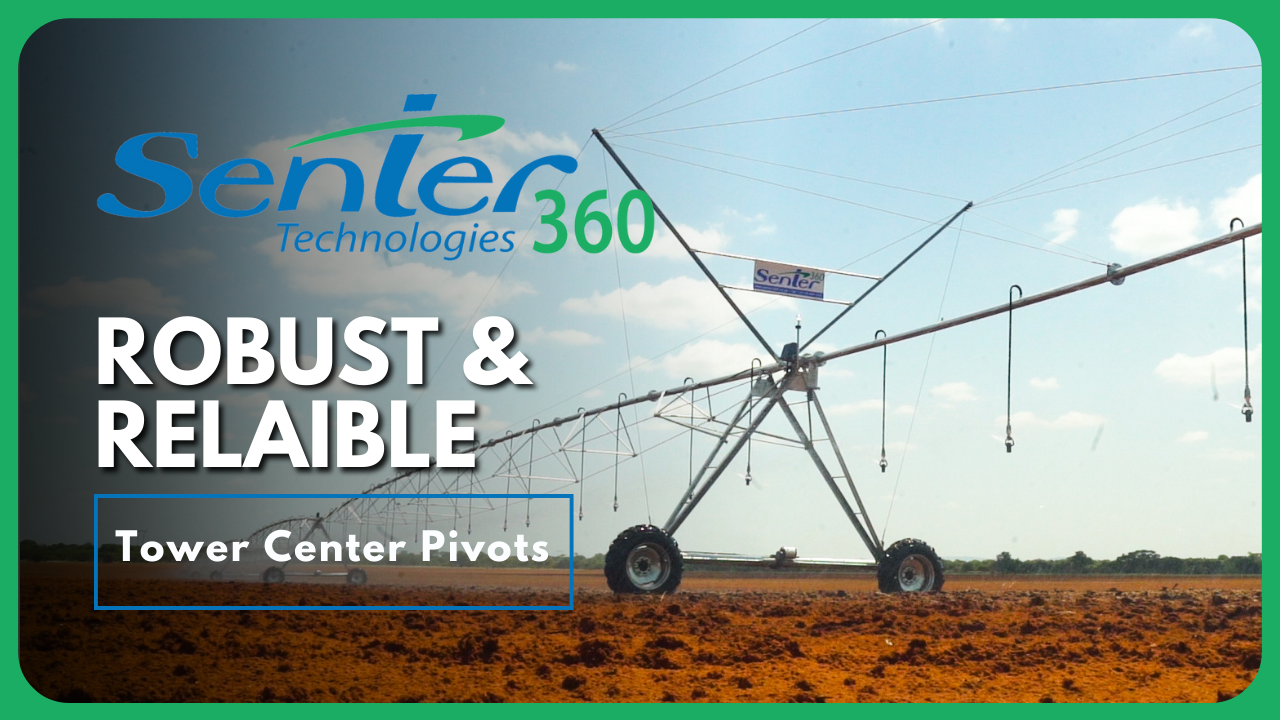Carrots
Origin and distribution
Carrots are believed to have originated in Afghanistan, which remains the centre of diversity of D. carota. They were known to the Greeks and the Romans. The greatest development and improvement of the original wild carrot that had thin, long roots took place in France. Carrots are now a popular vegetable grown all over the world.
Soil and climatic requirement
Deep, loose, friable, well-drained sandy loam or loamy soils with a pH of 6,0 to 6,5 are ideal for carrot production. The crop produced in humus-rich soils tends to increase in foliage excessively and forms forked and hairy carrots. Brack soils should also be avoided as carrots are very sensitive to saline soils.
Carrots are a cool-weather crop and they also do well in warm climates. The optimum temperature for growth is between 15 °C to 20 °C.
Temperatures below 10 °C cause longer, more slender and paler roots and shorter, thicker roots are produced at higher temperatures. Extended periods of hot weather can cause strong flavour and coarse roots. Development is also slower in winter than in spring and summer.
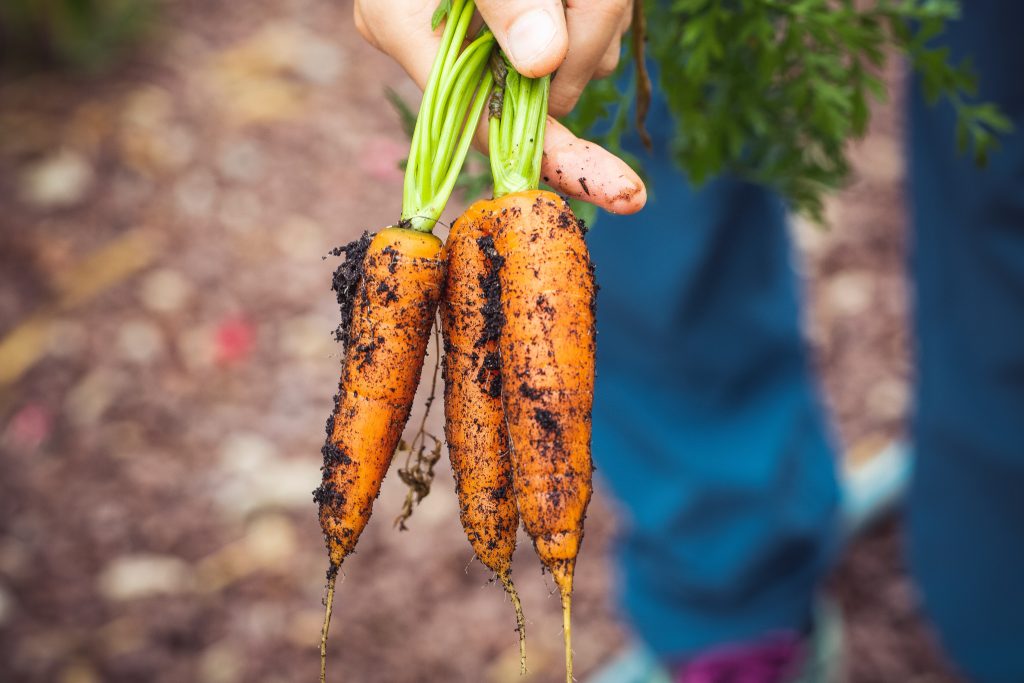
Uses
The use of carrots was mainly medicinal, to cure stomach problems and treat wounds, ulcers, and liver and kidney ailments. Carrots are consumed fresh as a salad crop or cooked. They are also processed either alone or mixed with other vegetables. The juice is extracted and used as a drink. Tender roots are pickled or made into jam and sweetmeats in some countries. Carrot cake and carrot pudding can also be made.
The aromatic seeds are used as a stimulant and to relieve flatulence. The entire plant can also be used as fodder for cattle and horses.
Planting
The rows are generally spaced from 200 to 400 mm apart. In double or triple rows, the width between sets of rows may range from 400 to 600 mm. Row spacings in baby carrot production may be 100 mm. A planting density of 150 to 160/per m2 gives good results in double rows while a density of 100 m2 is ideal for single rows. In-row spacing of about 5 cm is recommended.
The seeds are directly sown in the field on ridges or raised beds. Row planting is preferred to broad sowing. The seeding depth should be 10 to 25 mm or 40 mm in loose, light sands. Planting depth should be shallow in heavier soils and in colder months. Slightly deeper planting is recommended in summer when the soil dries out quickly. The chance of a successful establishment of the crop will be increased if the seed is sown in moist soil and only if the soil is kept moist.
Fertilisation
Carrots have low nitrogen requirements and good yields can be obtained with applications of 80 kg/ha. Nitrogen can be applied at planting and the remainder at 4 to 8 weeks. Forty kilogrammes of phosphorus per hectare are sufficient to produce a good crop.
The crop has high potassium requirement and half is applied as side-dressing at 4 to 8 weeks after planting. The balance is applied as late dressings. Compost or organic manure should not be applied because it results in unattractive, hairy roots, with a coarser texture.
Irrigation
The soil should never be allowed to dry out. Too much moisture causes short carrots with a light colour and a larger diameter. The field should be irrigated lightly immediately after sowing. Irrigation water should be applied once or twice a day, using a solid-set sprinkler system. Watering should be reduced gradually to prevent longitudinal splitting of the roots when the crop approaches maturity. Water stress during root development also causes cracking of the roots, which also become hard.
Weed control
Soil cultivation between the rows is carried out at an early stage merely to control weeds. Weeds should not at any time be allowed to compete with crops. Weeds can be controlled mechanically, by hand, chemically or by combining all these methods.
Pest and disease control
Pests that frequently affect carrots include: aphids, red spider mites and cutworms. Remedies for such pests can include applying registered pesticides. Practising crop rotation is critical. Remove all types of weeds that will serve as hosts to these pests. Frequent diseases include Alternaria blight and bacterial blight.
Green beans
Climatic requirements
The green bean is a summer crop that is very sensitive to frost. Temperatures only a few degrees below freezing usually cause severe damage to the plants. The optimum mean daily temperature for growth, yield and quality is 16 to 21ºC. Temperatures above 35 ºC, particularly when accompanied by dry winds, tend to cause the flowers and young pods to drop, the result being poor crops.
If the night temperature often drops to 5 ºC or lower, a large percentage of hallow pods will form. Frequent low night temperatures will also give rise to short, misshapen pods. Green beans are grown widely as a winter crop in the relatively frost-free areas of the Lowveld. However, it is evident that, although a certain area may be relatively frost-free, it will not necessarily be suitable for winter production.
The night temperatures may drop too low for normal pod formation. Similarly, good midsummer yields cannot be expected in areas where the day temperatures often rise above 30ºC. In the Lowveld, production will therefore be limited to autumn, winter and spring.
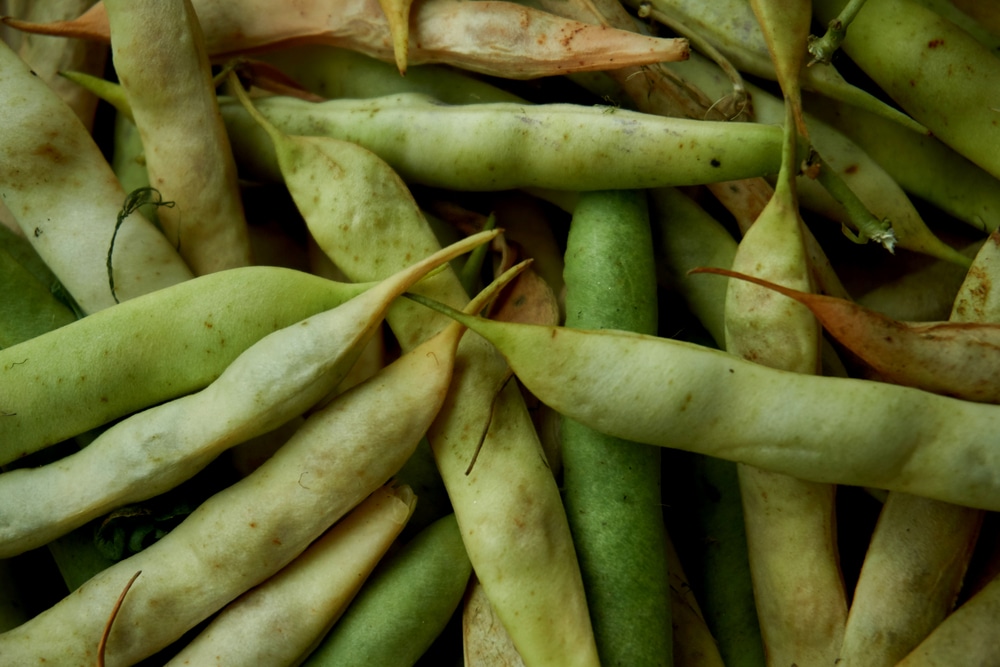
Soil requirements
Green beans are sensitive crops with a short growing season. They require a deep, well-drained but water retaining soil that will promote rapid establishment and an uninterrupted growth period. Green beans can nevertheless be cultivated with success on soils that vary from sandy to relatively heavy clay.
Soils with a high organic material content produce luxuriant growth but poor yield. The optimal pH value for green beans varies from approximately 6 to 6,5. Soils with a pH above 6,8, particularly strong alkaline soils, may cause a manganese deficiency and must be avoided. Acidic soils (below pH 5,5) can be used, provided that agricultural lime is applied prior to planting.
Uses
Fresh green beans add colour and variety to meals. Beans are also a good source of Vitamin A and C if cooked for a short time in a very small quantity of boiling water until just tender. Do not cook too long or the beans will become mushy and lose their bright green colour. The pods are cooked and eaten as a vegetable or used in tossed salads, soups or canned. Dry seeds are cooked and eaten.
Planting
It differs in the various production areas. In higher areas, planting can be started at the end of August until mid-February, however, the best time to plant is September and mid-January to mid- February to avoid bacterial blight. In the Lowveld, planting time is usually from February to September. Green beans are planted in spacings of 5 cm in the row and 45 cm between the rows. The seed size of the cultivar could require a change in the planting space.
Fertilisation
The application of fertiliser should be based on test results of the soil. Fertiliser recommendations can only serve as rough guides because no two soils will have exactly the same fertility. For a correct recommendation, soil analysis is, therefore, a prerequisite. Green beans, like all legumes, form a symbiotic relationship with a specific soil bacterium. Rhizobium spp. make atmospheric nitrogen available to the plant by a process called nitrogen fixation.
Irrigation
Irrigation is a necessity for beans on light, sandy soils and even on heavier soils. Adequate irrigation during flowering and pod development is needed for best yields.
Sprinkler irrigation
Sprinkler irrigation can be used to prevent the rapid exsiccation of the soil or the formation of a hard crust; it is ideal during the germination stage of the seed.
Flood irrigation
It is less labour intensive and has a more favourable effect on the structure of the soil.
Weed control
Cultivation and hoeing, which are employed primarily to keep down and destroy weeds, should start when the bean plants first appear above the soil and should be shallow, especially as the plants approach maturity. Many of the feeding roots of beans are close to the surface and are damaged easily by deep cultivation.
Pests and their control
Major pests that attack green beans are the bean weevil, root-knot nematode, aphids and bollworms.
Control
Use registered chemicals/pesticides. Plant only certified seeds. An integrated pest management programme can be followed.
Diseases and their control
Anthracnose and brown rust are major diseases of green beans. An integrated pest management programme can be followed. Plant early. Dust regularly with maneb/sulphur or mancozeb/sulphur. Some of the registered chemicals that can be used include mancozeb or maneb or plant only certified seeds.
The information provided in this article is credited to the South African Department of Agriculture, Forestry and Fisheries. For more information visit their website on www.daff.gov.za or contact them on +27(0)12-319-6072, or send an email to DPP@nda.agric.za.

